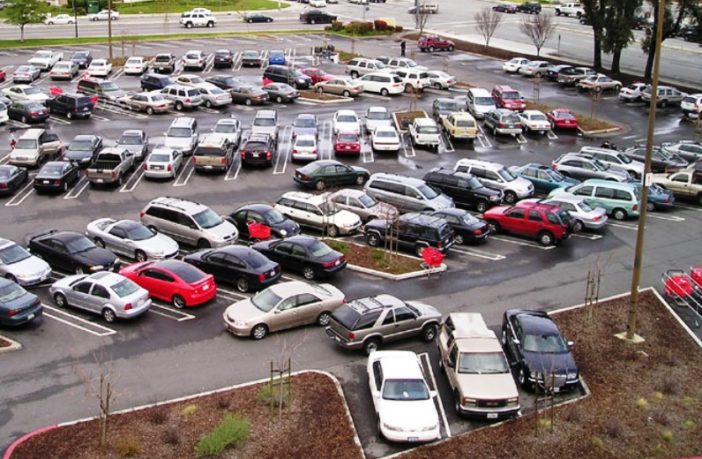An electrochemical battery has two lives. The first of these is how long we can use the electricity before it goes flat. This largely depends on how frugally or extravagantly we use it. But the second, storage battery calendar life is far less straightforward. Because the period it can hold 80% of its design charge depends on a number of factors not entirely under our control.
Factors Affecting Storage Battery Calendar Life
Remaining storage battery calendar life is a reflection of the number of fruitful recharges we have already used up. That’s because the battery slowly deteriorates as we cycle through them.
The electrodes and electrolyte start to wear out, while the quantity of active material gradually decreases too. There is little we can do about this beyond using the battery less. Although this defeats the purpose, and the battery will continue to degrade.
Most calendar aging comes about due to a ‘passivation’ layer forming on the negative electrode. An electrochemical reaction causes an outer shield to build up over the base material, although it may also be a spontaneous oxidation.
The rate of this degradation is also a reflection of the average state of battery charge. For example, lead-acid batteries fare best on full charge. Whereas nickel and lithium-ion batteries should be around 40% in storage.
And finally, temperature also plays a role here. That’s because high temperatures accelerate formation of the passivation layer, and subsequent degradation leading to shorter storage battery calendar life.
Spurious Chemical Reactions May Play a Role Too
An electrochemical battery is a closed system that converts chemical energy to electrical energy (or vice-versa when we charge it). However, parasitic chemical reactions may still occur that reduce system effectiveness.
Even the best batteries eventually reach the end of their useful life, no matter how hard we try to prevent this happening. Although we can extend their value by recycling their materials, as we continue our search for batteries that could last forever, some day.
More Information
Welcome to Our World of Batteries




